Audi A6 Avant

We're all accustomed to the idea that technology improves incrementally. Apple's new product announcements are as regular as clockwork, with new features and functions cloaked in a veil of strict secrecy until the CEO takes the stage to reveal them. In the auto industry, things are slightly different. To a certain extent, technology is strait-jacketed by legislation, and while something might be technically feasible, the means of mass-producing is the stumbling block. In advance of March's Geneva Auto Show, Audi showcased seven future technologies, with a rough roadmap as to when and how they would be implemented.
The driver of tomorrow can expect - legal hurdles notwithstanding - cars that park themselves (scurrying off into special garages without the need for a driver to guide them), charge wirelessly using magnetic coils embedded in parking spaces, use OLED technology for lighting and displays (just like your smartphone) and be fashioned from lighter, stronger materials and components. No massive surprises, perhaps, but unlike in the world of consumer technology, the wait for some of these particular innovations will be in years, not months.
Showcasing future innovation also highlights the current state-of-the-art, and one aim of all this techno talk is to encourage buyers into the company's existing models in the hope they like the look of the upgrades. Right now, we have cars like the new Audi A6 Avant, a massively slick estate car that represents the current status quo for the company's high-end offerings. Being Audi, that bar is set quite high.
The A6, like many of its stablemates, is an evolutionary design. The company rarely starts from scratch, except with all-new products, so there's a close relationship between the current generation (introduced in 2011) and that which has gone before. Proportions and general detailing are all instantly Audi, but there's a taut, stretched feeling in the way the sheet metal cloaks the car beneath it; from front three-quarters it's almost Zeppelin-like in suggestion of a bulging, tightly contained enclosure.
Inside, the old Audi mastery is immediately evident. Everything is ergonomically sound and deliciously tactile, while (mostly) heedful gadgets abound, from the way buildings are rendered in 3D on the satnav to the discrete heads-up display, integrated night vision cameras. Audi has also seen fit to load their test car with every conceivable option, taking its price from a base £41K to a remarkable £78,745. Technology does not come cheap.
Unappealing quirks include an intrusive transmission tunnel that cramps your left foot, and stop-start technology that is a very obvious presence. This is a very quick car, but it's not a sports car. Even with the dials switched round to 'dynamic', the steering and chassis just aren't set up for diving into the corners.
The 3.0 litre diesel means the A6 is never going to be wanting for power but the way it's delivered manages to steadfastly avoid any associations with adrenaline. That's no bad thing - not every car needs to be a hidden hotrod, but it makes us question whether the 2.0 litre diesel version isn't a more sensible choice.
If you really need more power, then the S6 will provide the focus, whereas (yet) more practicality will be served up by the forthcoming A6 allroad quattro, which provides the best alternative yet to a full-sized SUV.

The company rarely starts from scratch, except with all-new products, so there's a close relationship between the current generation (introduced in 2011) and what has gone before
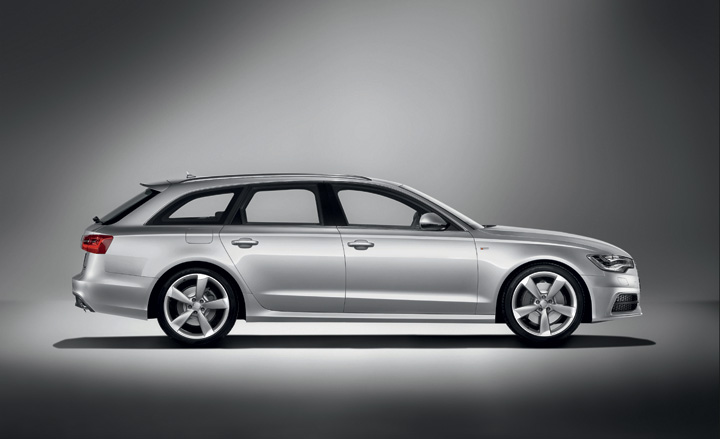
Audi has also seen fit to load their test car with every conceivable option, taking its price from a base £41K to a remarkable £78,745. Technology does not come cheap

Inside, everything is ergonomically sound and deliciously tactile, while (mostly) heedful gadgets abound, from the way buildings are rendered in 3D on the satnav to the discrete heads-up display, integrated night vision cameras
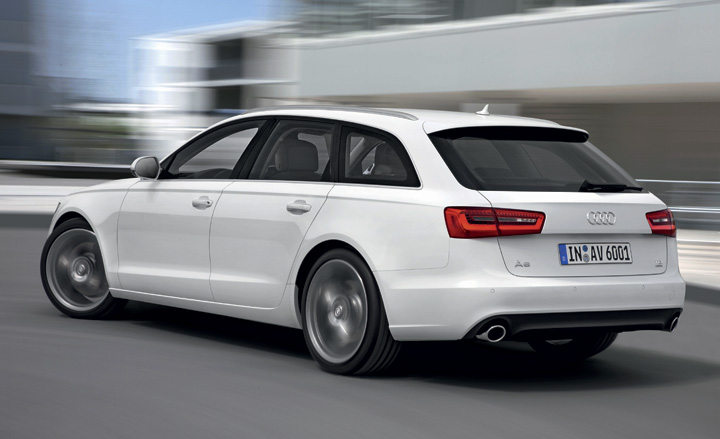
This is a very quick car, but it's not a sports car. Even with the dials switched round to 'dynamic', the steering and chassis just aren't set up for diving into the corners
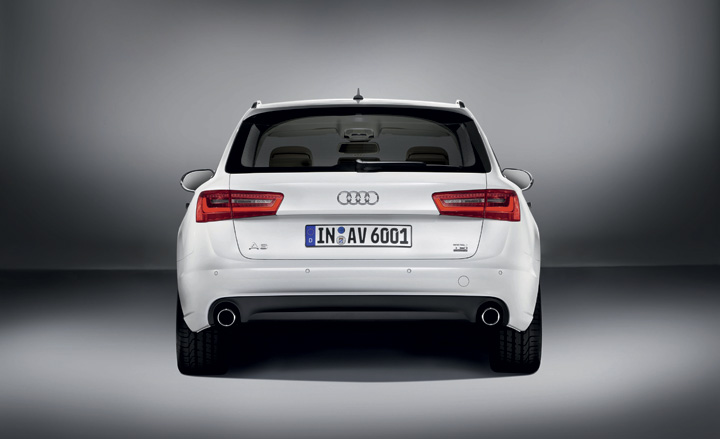
Proportions and general detailing are all instantly Audi, but there's a taut, stretched feeling in the way the sheet metal cloaks the car beneath it; from front three-quarters it's almost Zeppelin-like in suggestion of a bulging, tightly contained enclosure
Receive our daily digest of inspiration, escapism and design stories from around the world direct to your inbox.
Jonathan Bell has written for Wallpaper* magazine since 1999, covering everything from architecture and transport design to books, tech and graphic design. He is now the magazine’s Transport and Technology Editor. Jonathan has written and edited 15 books, including Concept Car Design, 21st Century House, and The New Modern House. He is also the host of Wallpaper’s first podcast.
-
 Year in review: the shape of mobility to come in our list of the top 10 concept cars of 2025
Year in review: the shape of mobility to come in our list of the top 10 concept cars of 2025Concept cars remain hugely popular ways to stoke interest in innovation and future forms. Here are our ten best conceptual visions from 2025
-
 These Guadalajara architects mix modernism with traditional local materials and craft
These Guadalajara architects mix modernism with traditional local materials and craftGuadalajara architects Laura Barba and Luis Aurelio of Barbapiña Arquitectos design drawing on the past to imagine the future
-
 Robert Therrien's largest-ever museum show in Los Angeles is enduringly appealing
Robert Therrien's largest-ever museum show in Los Angeles is enduringly appealing'This is a Story' at The Broad unites 120 of Robert Therrien's sculptures, paintings and works on paper
-
 A tale of two Audis: the A5 saloon goes up against the A6 Avant e-tron
A tale of two Audis: the A5 saloon goes up against the A6 Avant e-tronIs the sun setting on Audi’s ICE era, or does the company’s e-tron technology still need to improve?
-
 The Audi Concept C strives for clarity, drawing on the past to present a new face for the future
The Audi Concept C strives for clarity, drawing on the past to present a new face for the futureLaunched this month in Milan, the Audi Concept C is a reboot of both design language and visual identity for the German manufacturer
-
 How design defined Audi: the brand celebrates 60 years with a collection of its greatest hits
How design defined Audi: the brand celebrates 60 years with a collection of its greatest hitsA fleet of iconic Audis, the flowing lines of Frank Gehry’s architecture and the open roads of Northern Spain made for a design-rich experience
-
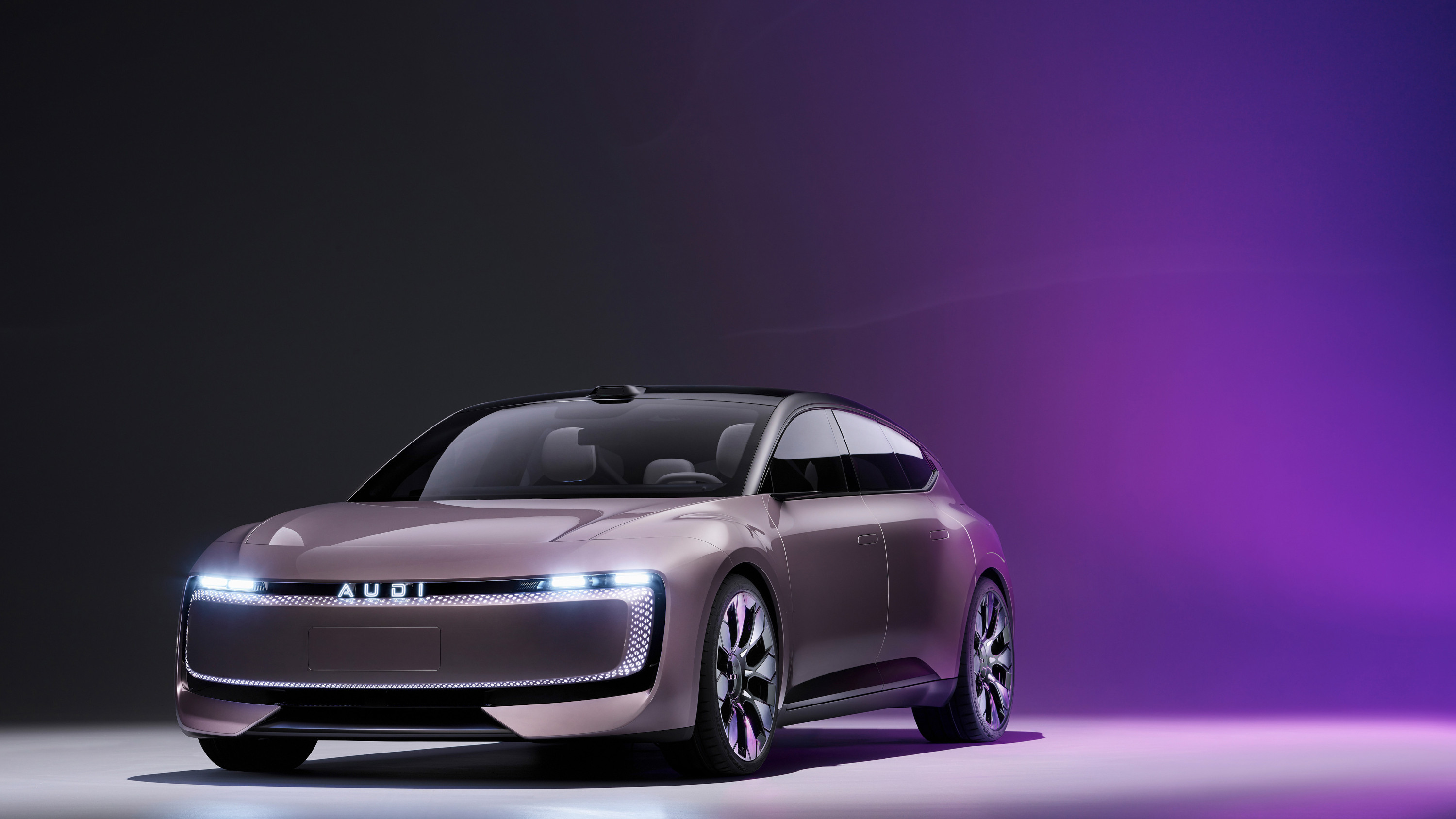 Audi launches AUDI, a China-only sub-brand, with a handsome new EV concept
Audi launches AUDI, a China-only sub-brand, with a handsome new EV conceptThe AUDI E previews a new range of China-specific electric vehicles from the German carmaker’s new local sub-brand
-
 We take Audi’s new Q6 e-tron quattro around and across the fjords of Norway
We take Audi’s new Q6 e-tron quattro around and across the fjords of NorwayThe new Audi Q6 e-tron quattro is a pure EV that marks a new design direction for the German brand, setting new tech standards along the way. Transportation Editor, Jonathan Bell, takes it for a drive
-
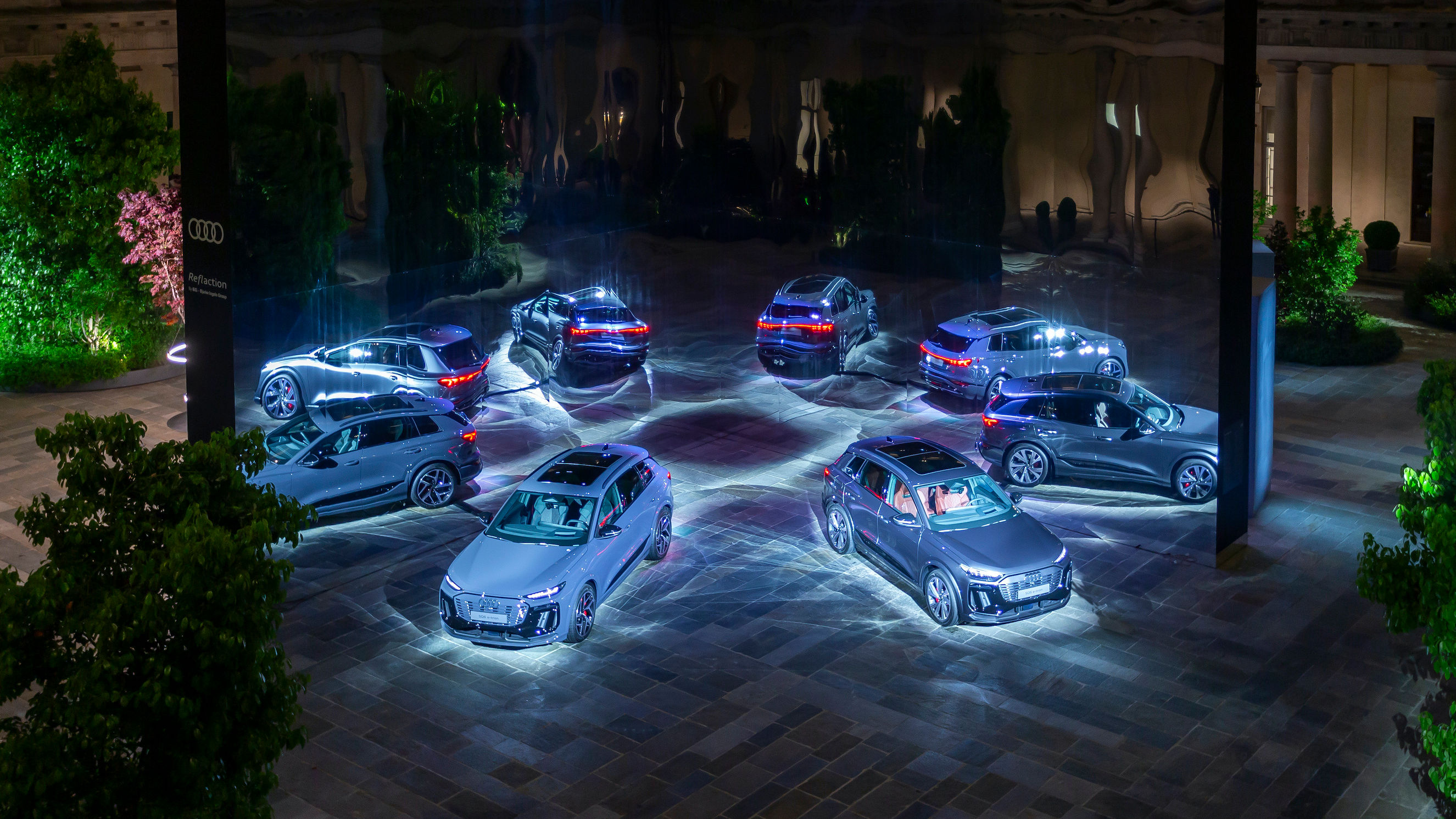 A deep dive into the new Audi Q6 e-tron, revealed at Milan Design Week 2024
A deep dive into the new Audi Q6 e-tron, revealed at Milan Design Week 2024The Audi Q6 e-tron is the brand's latest all-electric car, a stylish powerhouse launched at Audi’s House of Progress in Milan
-
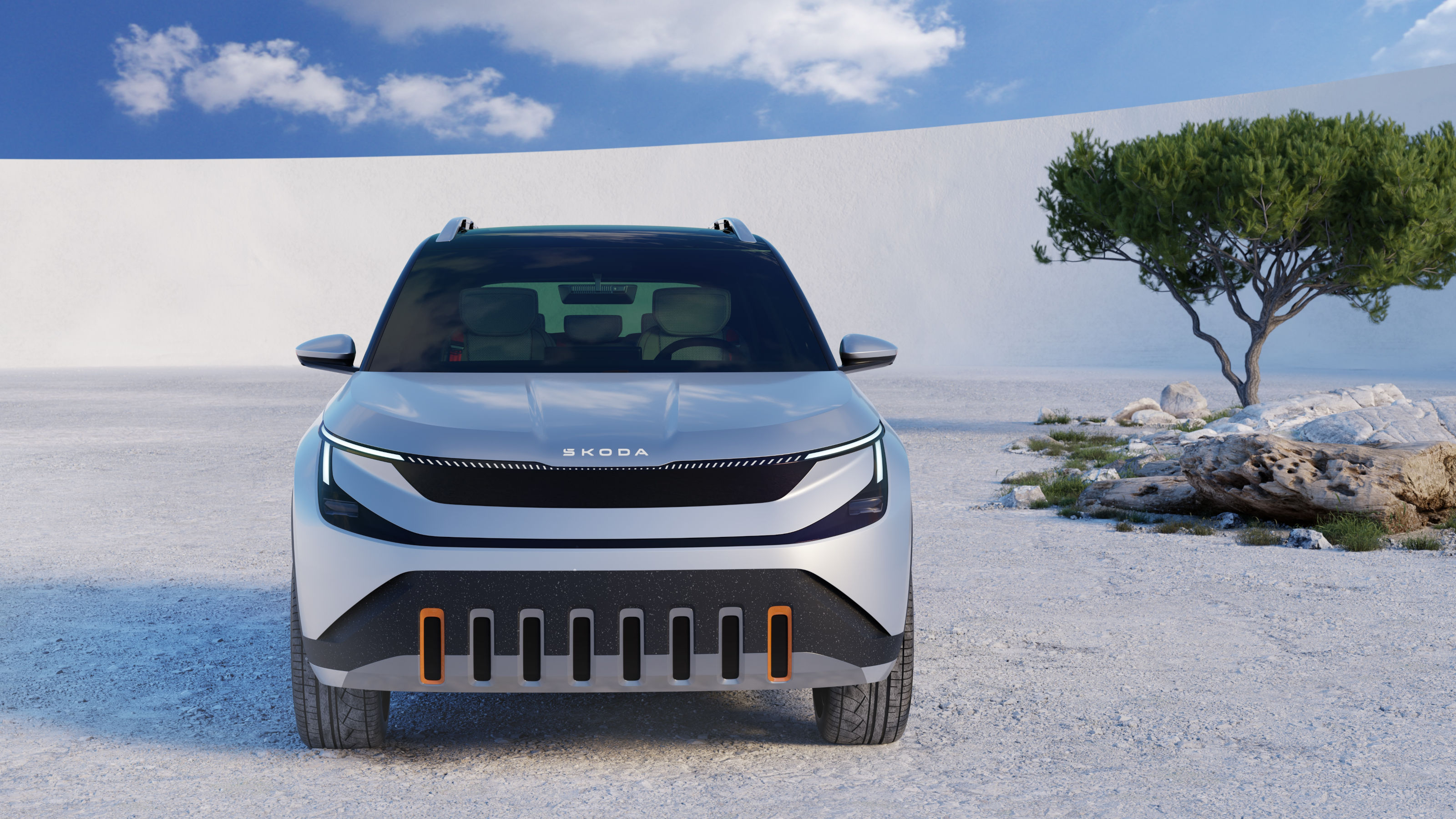 Coming soon: a curated collection of all the new EVs and hybrids that matter
Coming soon: a curated collection of all the new EVs and hybrids that matterWe've rounded up new and updated offerings from Audi, Porsche, Ineos, Mini and more to keep tabs on the shifting sands of the mainstream car market
-
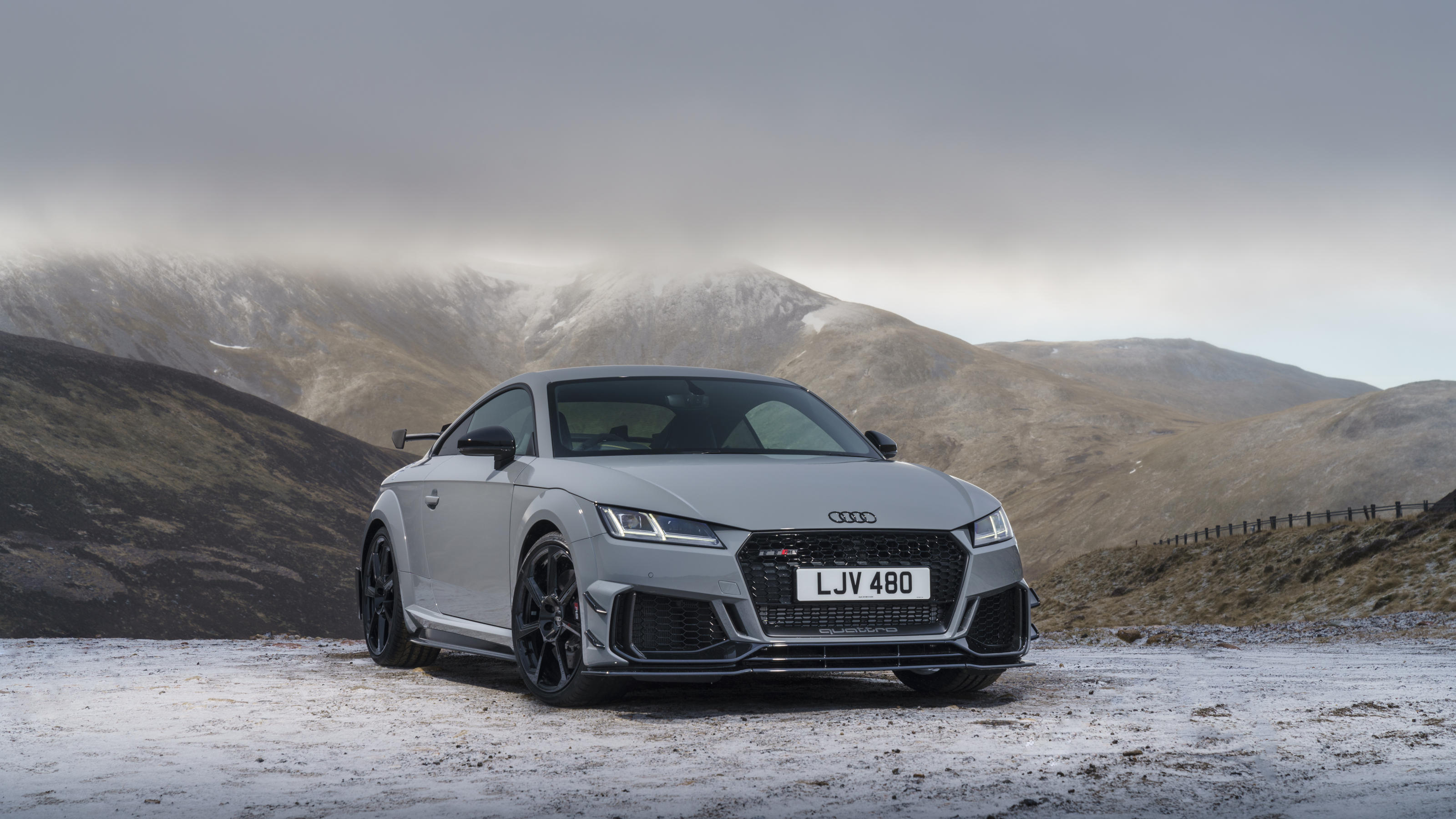 Farewell to the Audi TT, a design icon that evolved with the automotive landscape
Farewell to the Audi TT, a design icon that evolved with the automotive landscapeFor over 25 years, the Audi TT has been synonymous with the brand, a modern machine that initially favoured style over sport. The final editions are very different beasts to the original